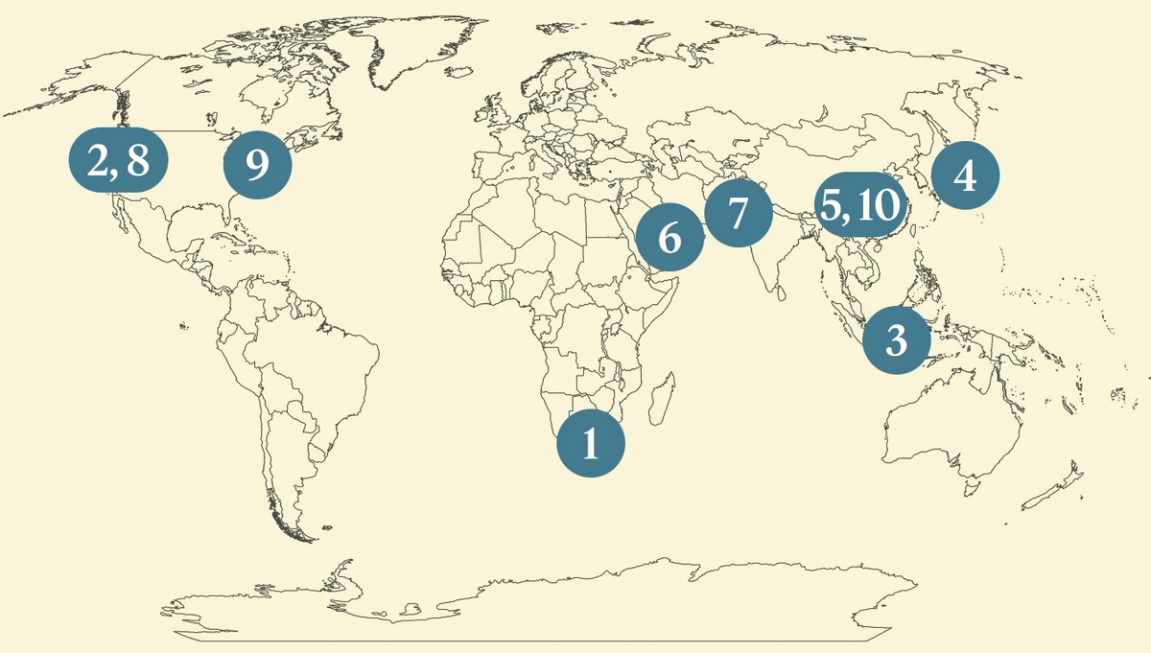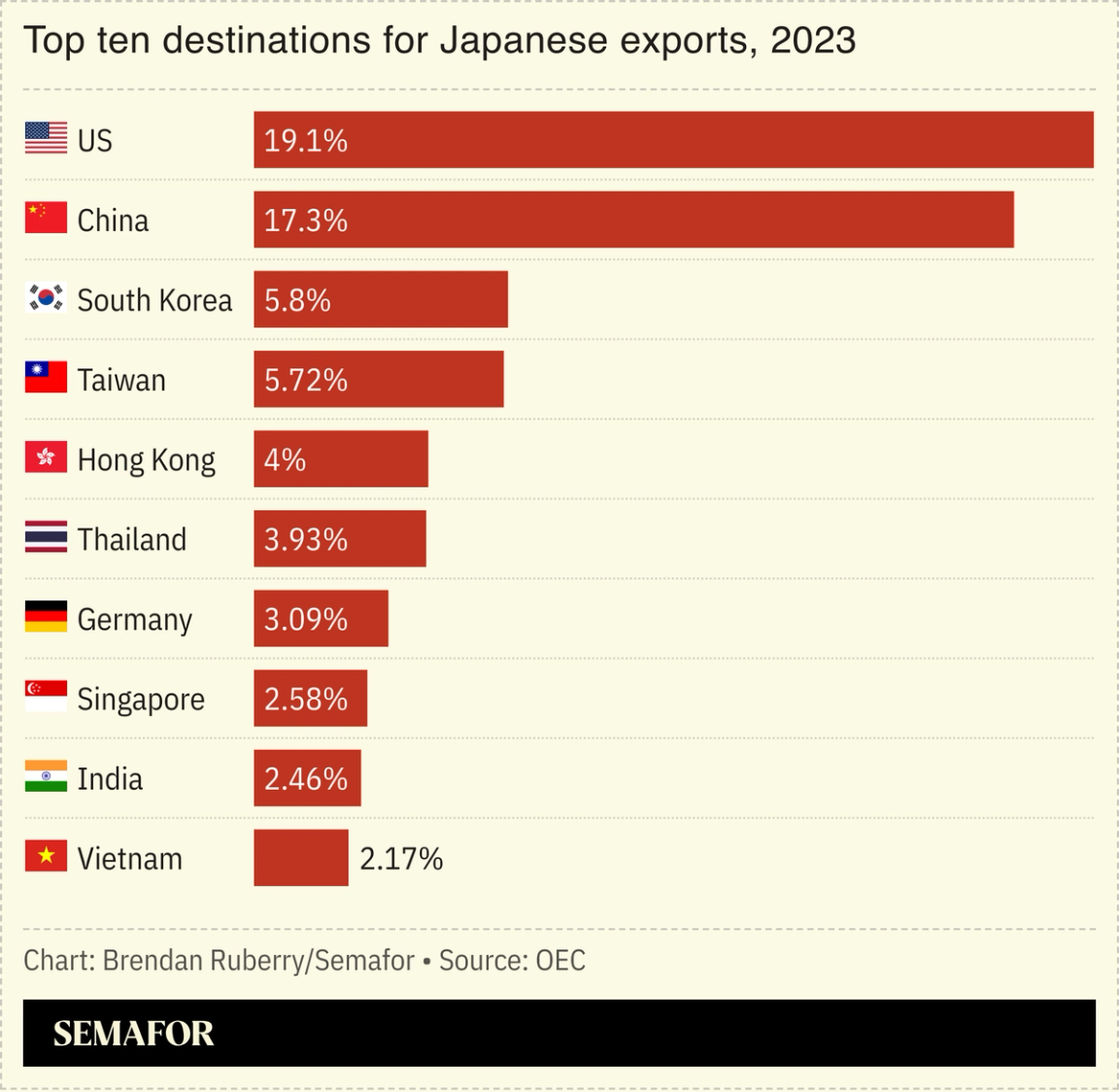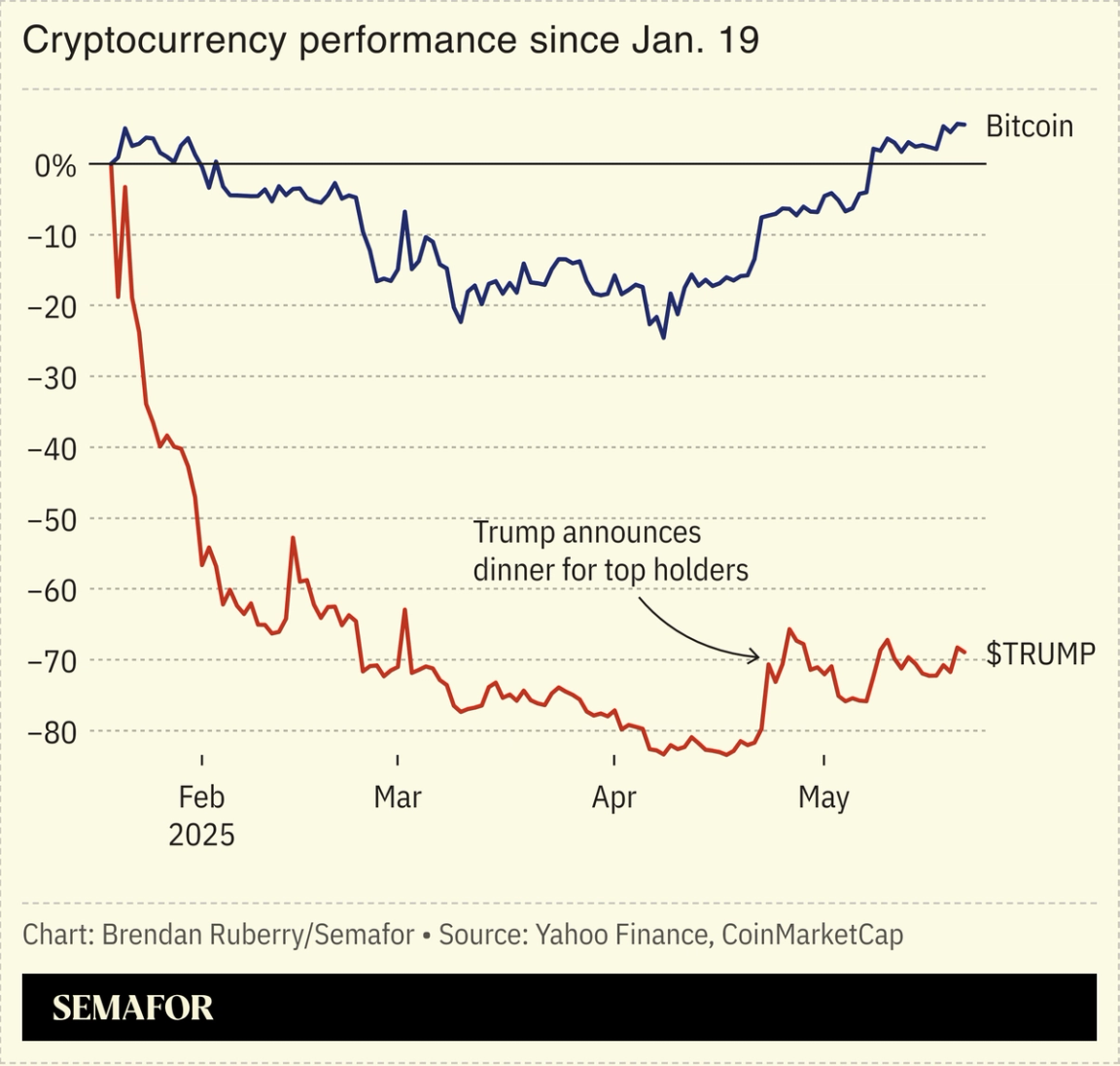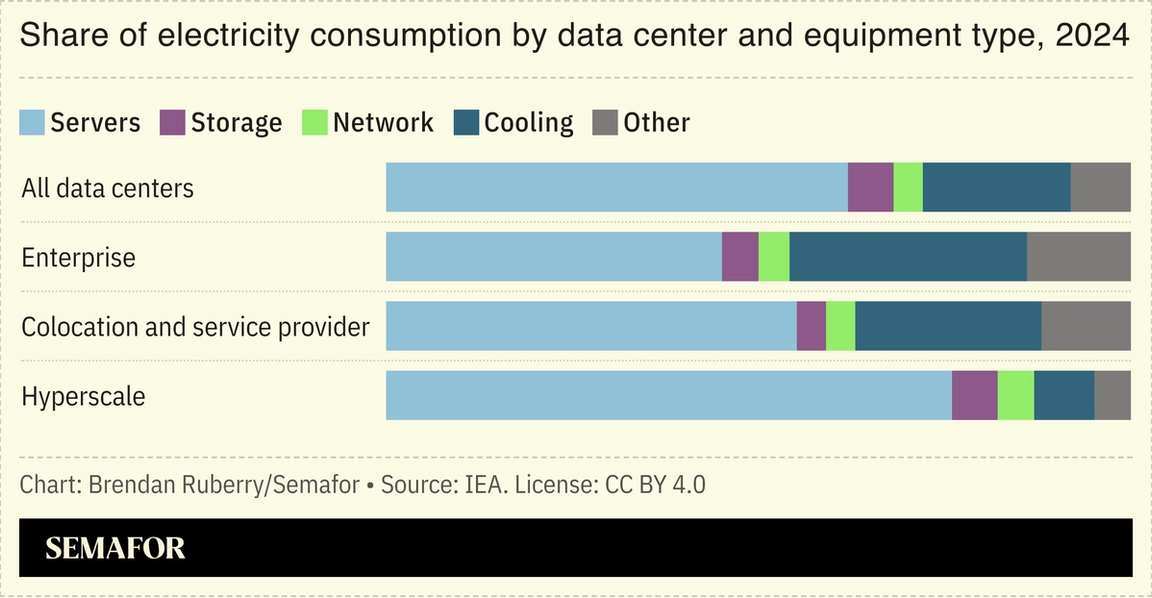| | Donald Trump confronts South Africa’s president in the Oval Office, Nvidia’s CEO slams US chip curbs͏ ͏ ͏ ͏ ͏ ͏ |
| |  | Flagship |  |
| |
|
The World Today |  - Trump, Ramaphosa clash
- Nvidia slams US chip curbs
- Beijing’s trade trump card
- US tariffs bite Japan exports
- Chinese firms buy Trump coin
- Pentagon accepts Qatar plane
- Using satellite intel for war
- iPhone designer at OpenAI
- AI’s energy footprint
- Home for stolen iPhones
 An Indian movie based on a New York Times feature about a viral COVID photo makes a splash at Cannes. |
|
Trump confronts Ramaphosa at WH |
 Kevin Lamarque/Reuters Kevin Lamarque/ReutersUS President Donald Trump used an Oval Office meeting to confront South Africa’s president over baseless claims of “genocide” against white South African farmers. Trump ordered aides to lower the lights in the room and play a video purporting to show evidence of violence against white Afrikaners. The meeting was seen as high-risk for Ramaphosa, who was hoping for a reset in relations with Washington, but he “survived what could have been a much more serious blow” to the countries’ ties, a BBC analyst wrote. The testy exchange was reminiscent of the White House showdown between Trump and Ukraine’s Volodymyr Zelensky, but Ramaphosa kept his composure, pushed back on Trump’s assertions, and repeatedly tried to redirect the conversation to trade. |
|
Nvidia CEO criticizes US chip curbs |
 Ann Wang/Reuters Ann Wang/ReutersNvidia’s CEO criticized US export controls on advanced semiconductors to China, arguing that they have pushed Chinese tech firms like Huawei to innovate more rapidly. Speaking in Taiwan on Wednesday, Jensen Huang called the controls “a failure.” The California-based chip giant is caught between the US and China in a “deepening tech cold war,” CNBC wrote: Huang joined US President Donald Trump for part of his recent Gulf tour, striking deals in the region. But Nvidia is also looking to expand its China footprint while releasing downgraded chips for that market. Huang has become engaged in “chip diplomacy,” a former Trump official told Bloomberg. |
|
China maintains critical mineral lead |
 China has maintained its dominance over critical minerals despite Western nations’ efforts to diversify supply chains, a new report found. The sector is becoming more concentrated, according to the International Energy Agency. For copper, lithium, nickel, and other metals, the average market share of the world’s top three producers reached 86% in 2024, up from 82% in 2020. “Almost all supply growth” came from a single source, the IEA said: Indonesia for nickel, and China for everything else. Beijing has tightened export controls of its critical minerals, giving China one of its largest sources of leverage over the US in trade negotiations, the South China Morning Post wrote. “Critical minerals are indeed critical,” a Beijing-based professor said. |
|
Japan exports to US fall as tariffs bite |
 Japan’s exports to the US fell in April for the first time this year as Washington’s tariffs began to bite and trade talk momentum slowed. A major US trading partner, Japan was first in line for negotiations and is especially vulnerable to US President Donald Trump’s auto duties, but the countries have yet to reach a breakthrough. Tokyo has demanded Washington eliminate tariffs — a stance its top negotiator reiterated this week — as leaders fear making concessions would hurt them electorally. Japan does hold a trump card as the largest foreign holder of US debt, Foreign Policy noted, and the countries will likely strike an agreement eventually “since it is too important for either side to have it end in failure.” |
|
$TRUMP purchases help Chinese firms |
 Some small Chinese companies are buying large amounts of US President Donald Trump’s memecoin in a bid to stay on US stock exchanges. A Chinese tech firm and a garment company — both of which are at risk of being delisted from Nasdaq because of sinking values — saw their share prices temporarily surge after announcing plans to buy hundreds of millions of dollars’ worth of $TRUMP and other cryptocurrency. The move showed how Trump’s embrace of digital tokens “has unlocked new avenues for companies and investors to profit from his brand,” The Wall Street Journal reported. Trump is holding a gala Thursday for top holders of his memecoin, many of whom appear to be foreign buyers, raising concerns of ethical conflicts. |
|
US accepts donated Qatari jet |
 Kevin Lamarque/Reuters Kevin Lamarque/ReutersThe US Defense Department said Wednesday it formally accepted a donated Boeing 747 from Qatar to use as Air Force One. The Gulf nation’s offer of the luxury $400 million plane to US President Donald Trump received pushback over ethical concerns: Qatar’s prime minister defended the gift Wednesday, saying that the gesture doesn’t equate to bribery, and is instead a “normal thing that happens between allies.” The White House aims to have the jet ready by the end of the year, but experts have questioned that timeline; a former Homeland Security official told Semafor the plane will “need to be literally torn apart” to address possible security concerns before it can serve as Air Force One. |
|
OpenAI brings iPhone designer in-house |
 OpenAI OpenAIOpenAI is acquiring the secretive one-year-old hardware startup created by Jony Ive, the veteran Apple designer behind the iPhone. The $6.5 billion deal “effectively unites Silicon Valley royalty,” The New York Times wrote. Ive’s firm will take over creative and design responsibilities across Sam Altman’s OpenAI, with the aim of developing AI consumer devices that move users beyond screens, possibly including headphones and devices with cameras, The Wall Street Journal reported. The announcement on Wednesday comes as two new books detail the rising fears and fortunes surrounding Altman’s efforts to push AI into public life, with both questioning his trustworthiness to lead OpenAI, which, as The Economist wrote, is a company building “potentially Promethean technologies.” |
|
China may have given Pakistan satellite help |
 Akhtar Soomro/Reuters Akhtar Soomro/ReutersChina may have played a more direct role in the recent clash between India and Pakistan by providing satellite support to Islamabad, according to an Indian military-affiliated think tank. Pakistan claimed it destroyed six Indian warplanes, and China helped the country move its satellites and recalibrate air defenses in preparation, the head of the research group claimed. China hasn’t addressed its involvement, but the conflict shows that “Beijing is not merely a diplomatic shield for Pakistan but a material enabler,” India’s former foreign secretary wrote. Satellite information — a crucial weapon of war — is also a geopolitical tool: After the US paused satellite intel sharing with Ukraine, Kyiv now receives direct updates from Japan’s ultra-high-tech radar satellites, a security writer noted. |
|
Underestimating AI’s energy footprint |
 A lack of transparency and tracking around the energy usage of artificial intelligence obscures the full scale of its impact on the grid, MIT Technology Review argued. A single query on ChatGPT or another chatbot isn’t very energy-intensive, but taken in aggregate, the AI boom demands a “staggering” amount of resources, the magazine wrote in a sweeping analysis: “It’s likely that our AI footprint today is the smallest it will ever be.” Tech firms are investing heavily in data centers to keep up, but some of the largest AI models, which aren’t open-source, “are serving up a total black box” on their energy consumption, one expert said, making it difficult to plan for future energy grids. |
|
Stolen iPhones end up in Shenzhen |
 Florence Lo/Reuters Florence Lo/ReutersThousands of phones stolen in Western cities end up in a single building in Shenzhen, China. Phone-snatching is a growth industry — London’s police seized 1,000 stolen phones in a single week, and Paris and New York have reported rising cases. One victim tracked his phone’s journey from a London shop to Hong Kong and finally the Feiyang Times tower in Shenzhen. The city is a popular destination for stolen phones, the Financial Times reported, because there are buyers for all components, so if the phone is locked it can be stripped for parts and sold at a small profit. People in Shenzhen often message their victims, cajoling or threatening them to remove their phones from the Find My app. |
|
|